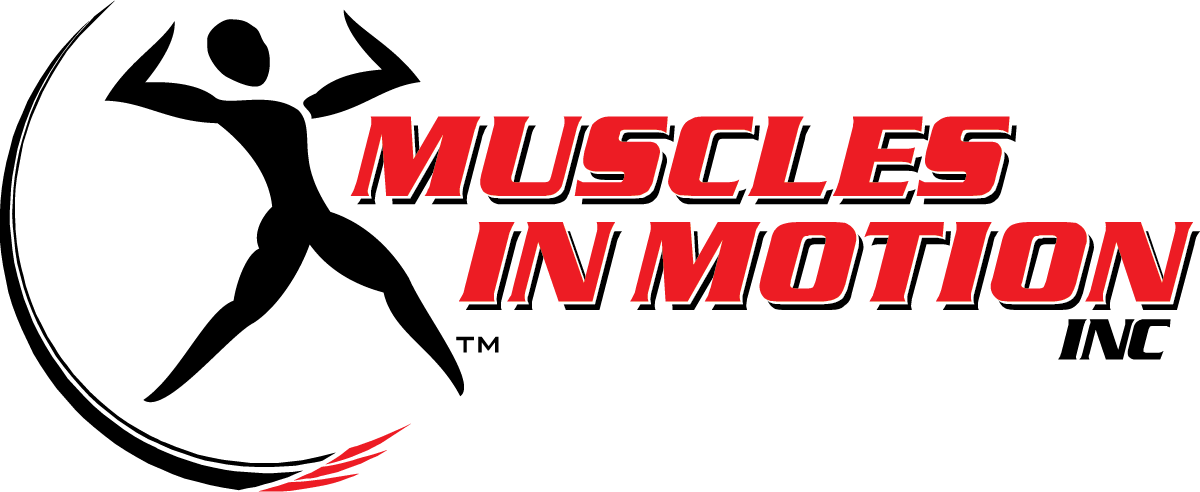Shining a Light on Strength Training vs Cardio Workouts.
What’s the difference between the two?
? Strength training (aka weight training or resistance training) is an anaerobic activity. This includes lifting free weights like barbells, dumbbells, and kettlebells or using weight machines.
Anaerobic exercises break down glucose for energy, without relying on oxygen like cardio does. More energy is used in a short amount of time.
? Cardio (short for “cardiovascular conditioning”) is an aerobic activity, which means it uses oxygen to increase your breathing and heart rate.
Running is often the most polarizing of the cardio bunch, but any activity that makes you breathe harder and faster and increases your heart rate counts.
Truth: A cardio workout burns more calories than a weight-training workout. However, it’s important to note that your metabolism may stay elevated for longer after lifting weights.
Changes to your Metabolic Rate:
Strength training can increase your metabolic rate for hours after exercise. This is known as exercise post oxygen consumption (EPOC), but is often referred as “after-burn.”
Vigorous exercise requires your body to elevate your heart and breathing rates and increases your core temperature. During this elevated state your body is burning more calories until it returns to baseline levels.
Typically, when you want to “lose weight,” you mean you want to lose fat while maintaining as much muscle as possible.
To do this effectively, we recommend making your strength training a priority while supplementing your routine with cardio activity like hiking, running & cycling in order to get the optimal return on your investment!
Q: What does the ideal workout schedule look like? When should I schedule my strength training & cardio workouts?
A: We recommend scheduling them both in the same day if possible. This will allow for more rest and recovery between sessions throughout the week!
? Click here to watch a short video clip from Personal Trainer, Patrick Long.
Signs your cardio workouts may actually be causing you to lose muscle mass:
1. You’re losing too much weight, too fast.
Who would have thought that this could be a bad thing? But, it is, if you’re trying to cut fat while maintaining/growing your muscle mass.
? Your body can only shed a certain amount of fat before it starts turning to muscle.
2. You feel more tired than usual.
Feeling weak or tired during workouts is a good indication that muscle is being lost.
3. You’re not sleeping enough.
Part of that pivotal recovery progress is getting enough shut-eye. Not getting enough sleep raises cortisol levels in the body.
? This imbalance can mess with growth hormone production, which increases the chance that the carbs you consume will be stored as fat. It also slows muscle growth which leads to—you guessed it—more fat.
